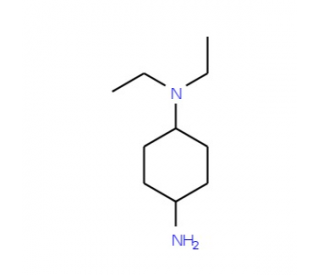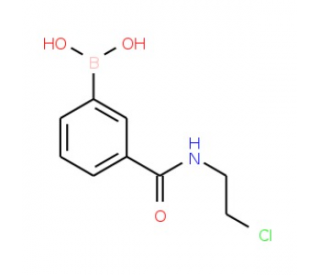详细说明
Purity
>97%, by SDS-PAGE visualized with Silver Staining and quantitative densitometry by Coomassie® Blue Staining
Endotoxin Level
<0.01 EU per 1 μg of the protein by the LAL method.
Activity
Measured in a cell proliferation assay using TF‑1 human erythroleukemic cells. Kitamura, T. et al. (1989) J. Cell Physiol. 140:323. The ED 50 for this effect is 0.05-0.3 ng/mL.
Source
E. coli-derived Ala26-Arg221
Accession #
Predicted Molecular Mass
22 kDa
Carrier Free
What does CF mean?
CF stands for Carrier Free (CF). We typically add Bovine Serum Albumin (BSA) as a carrier protein to our recombinant proteins. Adding a carrier protein enhances protein stability, increases shelf-life, and allows the recombinant protein to be stored at a more dilute concentration. The carrier free version does not contain BSA.
What formulation is right for me?
In general, we advise purchasing the recombinant protein with BSA for use in cell or tissue culture, or as an ELISA standard. In contrast, the carrier free protein is recommended for applications, in which the presence of BSA could interfere.
295-OM/CF |
| 295-OM |
Formulation Lyophilized from a 0.2 μm filtered solution in Acetonitrile and TFA. | Formulation Lyophilized from a 0.2 μm filtered solution in Acetonitrile and TFA with BSA as a carrier protein. | |
Reconstitution Reconstitute at 100 μg/mL in sterile PBS. | Reconstitution Reconstitute at 100 μg/mL in sterile PBS containing at least 0.1% human or bovine serum albumin. | |
Shipping The product is shipped at ambient temperature. Upon receipt, store it immediately at the temperature recommended below. | Shipping The product is shipped at ambient temperature. Upon receipt, store it immediately at the temperature recommended below. | |
Stability & Storage: Use a manual defrost freezer and avoid repeated freeze-thaw cycles.
| Stability & Storage: Use a manual defrost freezer and avoid repeated freeze-thaw cycles.
|
Background: Oncostatin M/OSM
OSM is a cytokine originally isolated from medium conditioned by PMA-treated U-937 human histiocytic leukemia cells based on its ability to inhibit growth of A375 melanoma cells. The human OSM cDNA encodes a 252 amino acid pre-pro-OSM polypeptide with a 25 residue hydrophobic signal peptide and a hydrophilic C-terminal domain that are proteolytically processed to generate the 196 residue mature form of OSM. Although both mature and pro-OSM are equally active in radio-receptor assays, the mature OSM is 5- to 60-fold more active in growth inhibition assays. Thus, proteolytic processing of the pro-OSM peptide may be important in regulating the in vivo activities of OSM.
OSM is a pleiotropic cytokine that initiates its biological activities by binding to specific cell surface receptors. The gp130, a signal transducing component ( beta subunit) of the IL-6, LIF and CNTF receptor complexes, was identified as a low-affinity OSM receptor that does not transduce OSM signals. The low affinity LIF receptor (LIF R, a gp130-related protein) has now been identified to be a component of a high-affinity OSM receptor that will transduce OSM signals. Since OSM is also active on cells that do not express LIF R, a specific OSM receptor that does not involve LIF R must also exist. Besides its growth inhibitory activities on human A375 melanoma and mouse M1 myeloid leukemic cells, as well as on other solid tumor cells, OSM also has growth stimulatory activities on normal fibroblasts, AIDS-Kaposi’s sarcoma cells, and a human erythroleukemia cell line, TF-1. Other OSM-mediated activities reported to date include: stimulation of plasminogen activator activity in cultured bovine aortic endothelial cells; regulation of IL-6 expression in human endothelial cells; and stimulation of LDL uptake and up-regulation of cell surface LDL receptors in HepG2 cells.
Entrez Gene IDs:
5008 (Human); 18413 (Mouse)
Alternate Names:
MGC20461; oncostatin M; oncostatin-M; OSM










 粤公网安备44196802000105号
粤公网安备44196802000105号